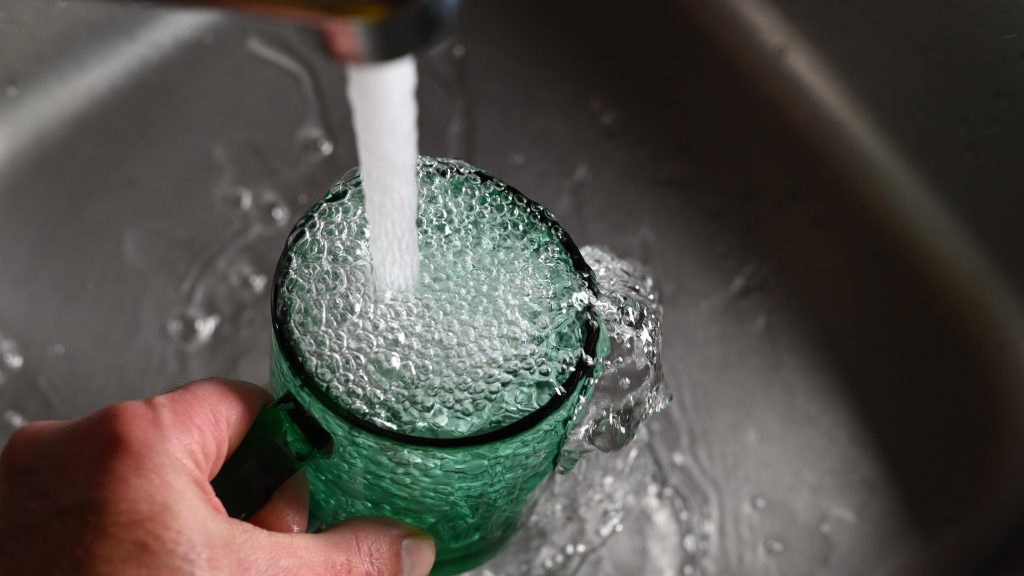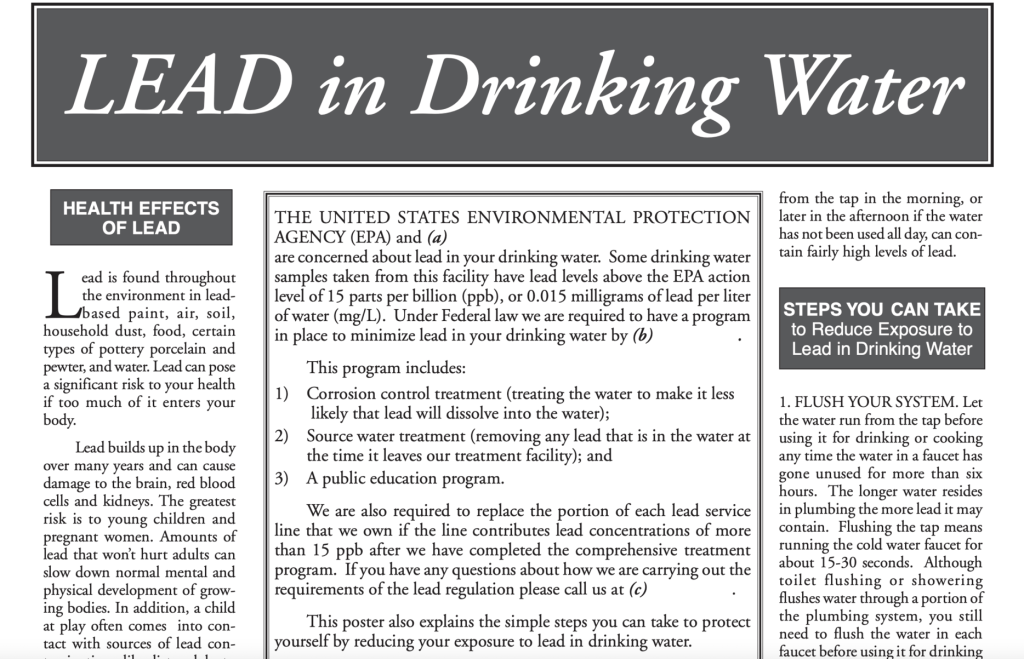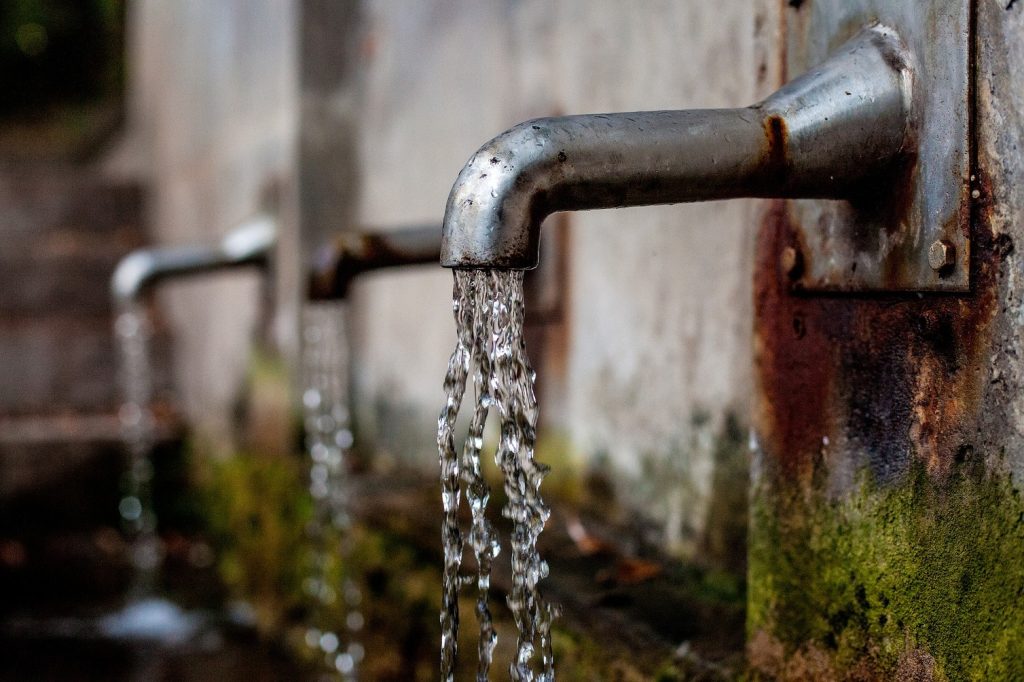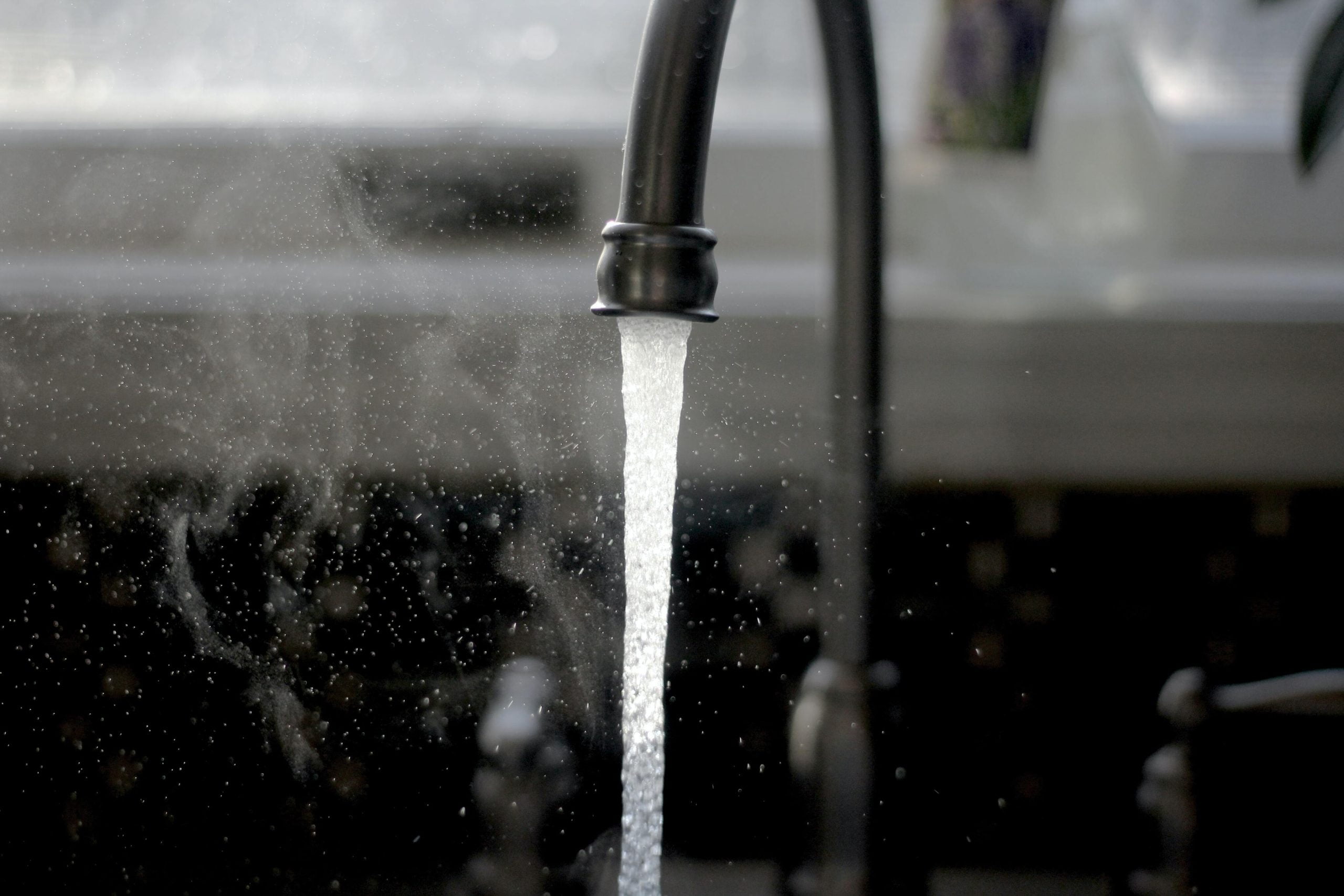They say that hot tap water is harmful and should not be drunk, unlike cold water. We checked if this is true.
Many believethat the hot water that comes from the tap in the kitchen and bathroom is technical, unlike cold water, that is, it is unsuitable for drinking and cooking. The Internet is full articles, explaining why hot water is unsafe for drinking: they write that hot water dissolves deposits on the walls of pipes, and Also that chemical reagents are added to it that are not present in cold water.
Reagents are actually added to hot tap water. According to SanPiN, which was in force in Russia until 2021, this is done to protect water pipelines from corrosion and protect pipes from scale. However, these additives do not make technical water unfit for drinking. The same document states that the proportion of reagents should not exceed drinking water standards. And this is logical: streets are watered with industrial water and cars are cleaned, but children are not bathed in it or dishes are not washed with it. Water for domestic use must be safe for humans.
“In our laboratory, we extremely rarely encounter the fact that the content of substances and elements in water samples from a hot and cold tap differs significantly,” Igor Buzin, technical director of the MSU Test Center, told Verified. Without analyzing the specific hot water, the expert was hesitant to say whether it was safe to brew tea with it. “But we can say that it is very likely that if it is unsafe to pour hot water, it will also be unsafe to pour cold water, that is, there will be contamination in both,” the expert added.
In Russian regions, it happens that hot water comes straight from the power plant: this is the same water that flows into the radiators. This is called an “open heating system”, also known as hot water supply. Hot water - by law - must still remain drinkable. But an open system is less reliable from a sanitary point of view. From January 1, 2022 her should were banned. But this clause was deleted from the law. For some cities, rebuilding the entire system was too much expensive.

Actually, there are additives in cold tap water too. But this does not mean that such water is dangerous, quite the contrary: it is required for safety. For disinfection there add sodium hypochlorite with the presence of an ammonia-containing reagent. This prevents outbreaks of infectious diseases that can spread through water - cholera, viral hepatitis, fungus, etc.
By data Testing center of Moscow State University, only in 8.45% of cases in Moscow tap water did not comply with Sanitary Regulations and Regulations. Almost 95% of Russian cities are provided with high-quality drinking water, asserts Rospotrebnadzor.
But there is another reason why people are afraid to drink hot water from the tap and pour it into the kettle. It's not the water itself or the chemical additives, but rather the pipes and boilers through which it passes.
In the USA afraid First of all, lead, which is washed out of brass taps (brass contains lead), from some types of paint and ends up in pipes. Old pipes may even be made of lead or with lead parts: in 1986 their use was banned in the United States, but in some places such pipes still work.
Lead is dangerous to health, especially for children: accumulating in the body for years, it can slow down the development of a child, affect the brain of an adult, and damage the kidneys and red blood cells. Boiling such water in a kettle or saucepan will not help get rid of dangerous substances.

In New York in 2010 they even held campaign “Open the tap”: residents were taught not to immediately put water into a kettle or pan, but to let it spill. “Water that sits in pipes for several hours or more contains lead. Reducing your exposure to lead in drinking water is simple and inexpensive: Run the tap for at least 30 seconds until the water is noticeably colder before drinking, cooking or making baby food, said then-Environmental Commissioner Cas Holloway. Especially residents warned Do not use hot tap water for drinking or cooking, as it can dissolve more lead from the pipes.
In Canada, residents are also advised to take water for drinking and cooking only from a cold tap. They are afraid not only of lead, but also of any contaminants that hot water dissolves better. “Hot water systems (tanks, boilers, pipes, etc.) contain metal parts that can corrode over time, which in turn can cause the water to become contaminated with rust or other particles,” warns University of British Columbia.

“Hot water really destroys the material of non-polymer pipeline pipes more easily and quickly,” agrees Igor Buzin. “But to minimize this process, the water can be further prepared, for example, to remove dissolved oxygen, reduce hardness, and so on.”
But in Russia, apparently, there is no problem with lead in pipes. The testing center of Moscow State University has analyzed water in Moscow many times, but has never found lead in it.
“As far as we know, now the alloys from which water pipes are made do not contain, for example, heavy metals and will release iron into the water rather than anything else,” Buzin told Verified.
And the very reagents that are allowed to be added to hot water in Russia are precisely what are needed to reduce corrosion of pipes and the release of foreign substances into the water.

Half-truth
Read on the topic:
If you find a spelling or grammatical error, please let us know by highlighting the error text and clicking Ctrl+Enter.






